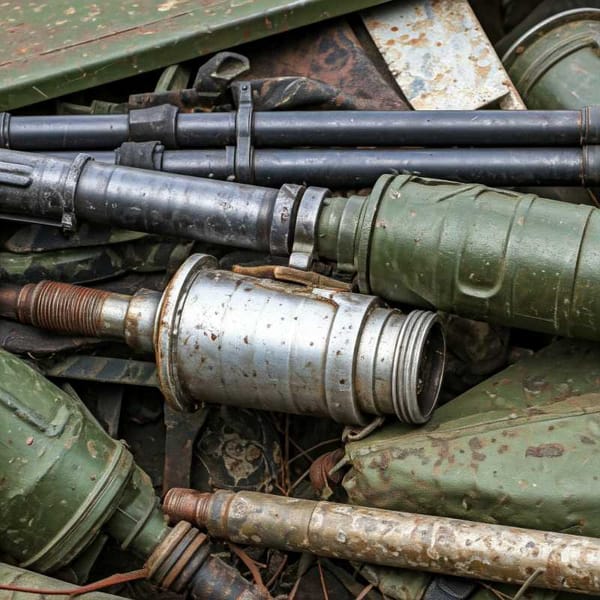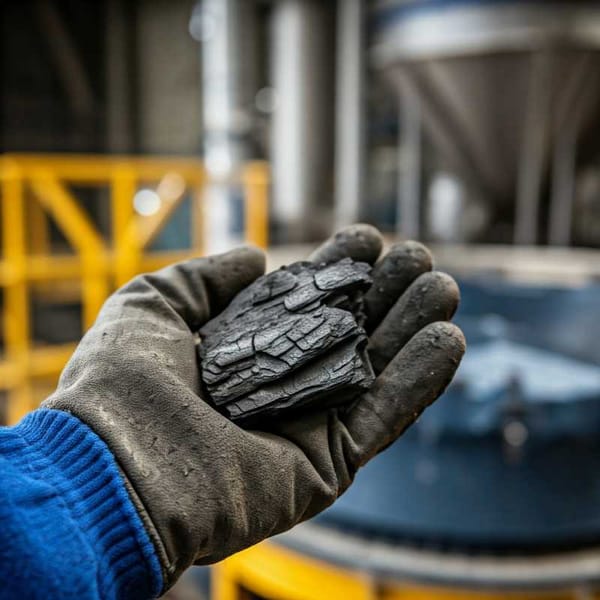Peso Plunge or Panic Attack? Experts Dismiss Dollar Drama
Experts dismiss recent peso depreciation as minor and temporary. They argue no major impact on average citizens, inflation, or economy. The central bank's actions and government measures have stabilized the market.

The depreciation of the peso against the dollar recorded recently is minor and should not worry society. In short, there is no alarm signal, said experts from the National University.
Therefore, what we can do is stay calm, be relaxed and not echo alarmist news, said the academic from the Institute of Economic Research (IIEc), Moritz Alberto Cruz Blanco.




